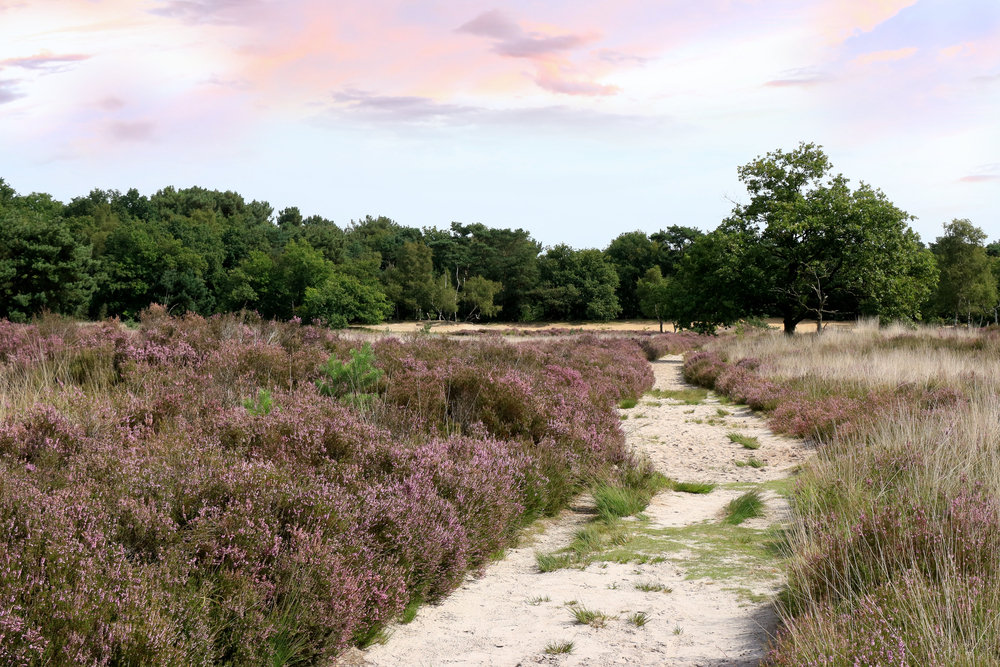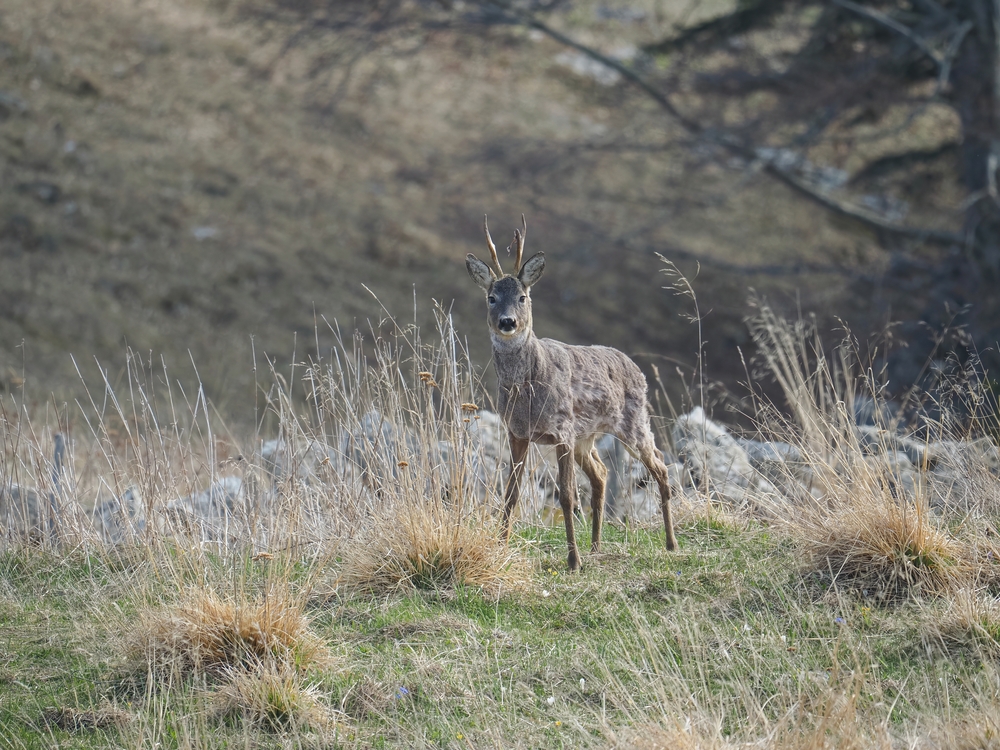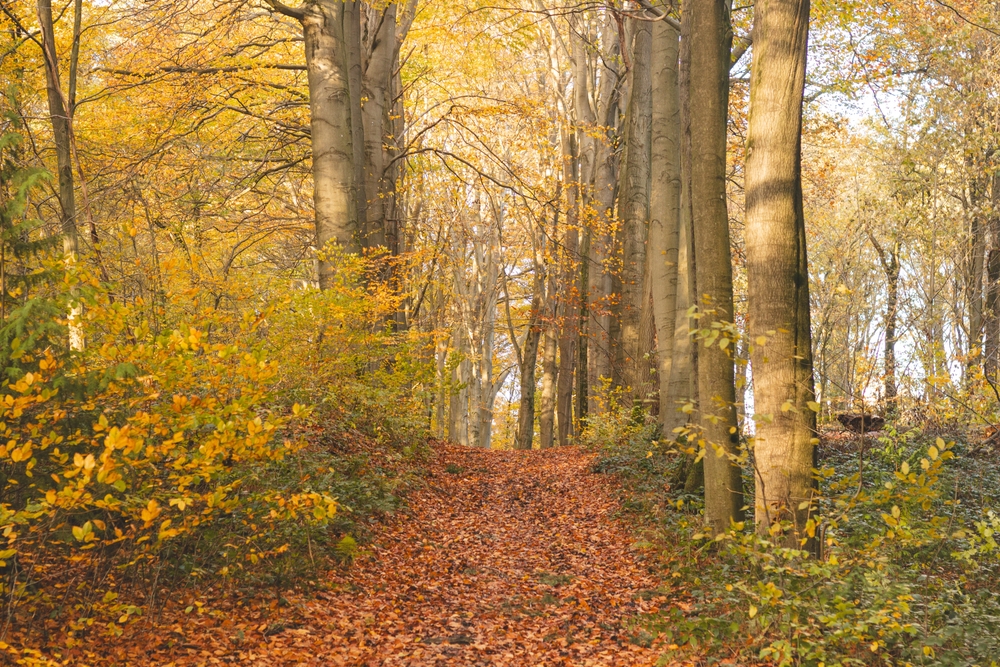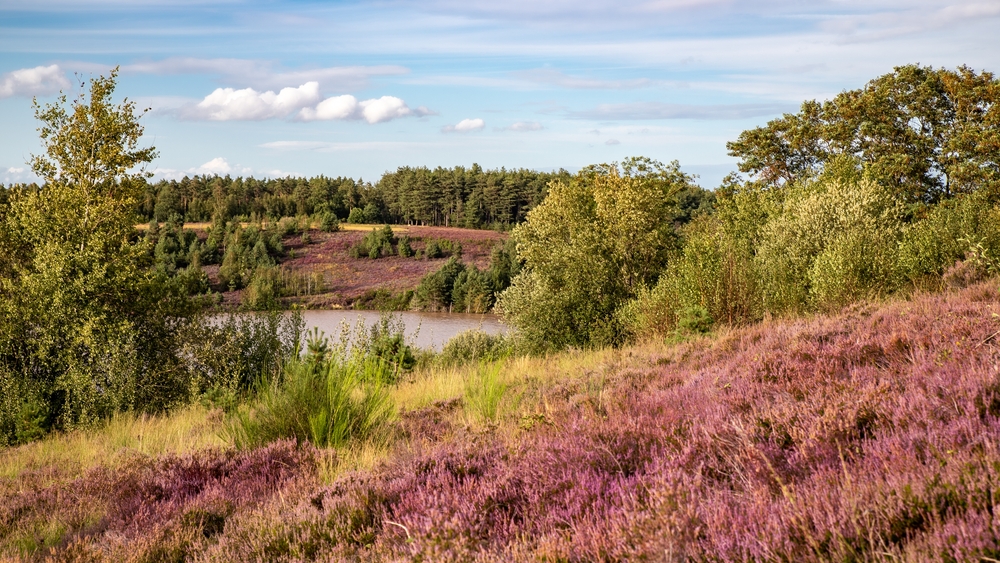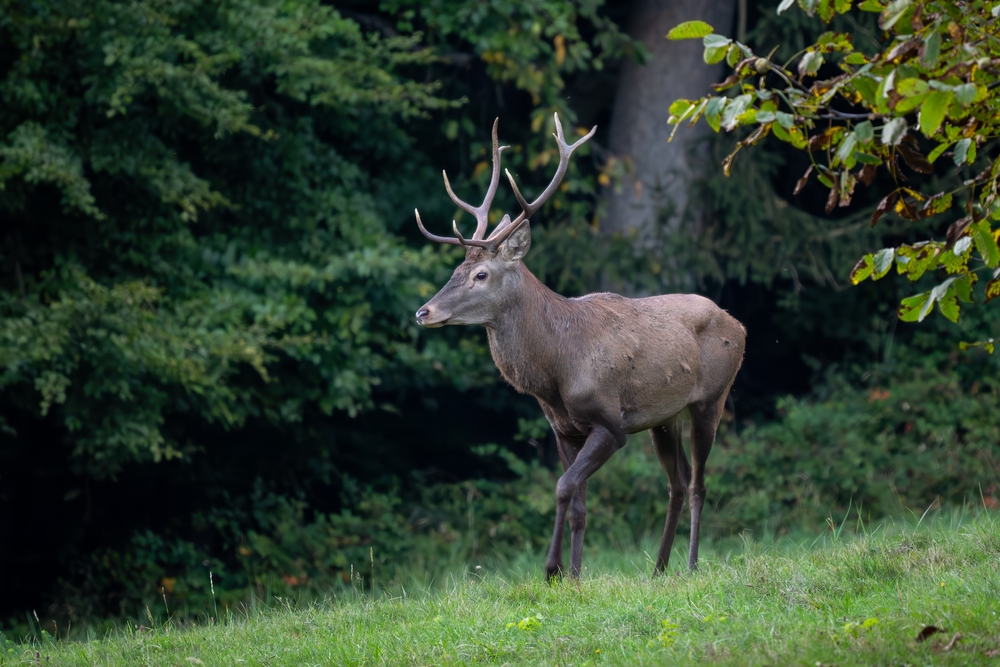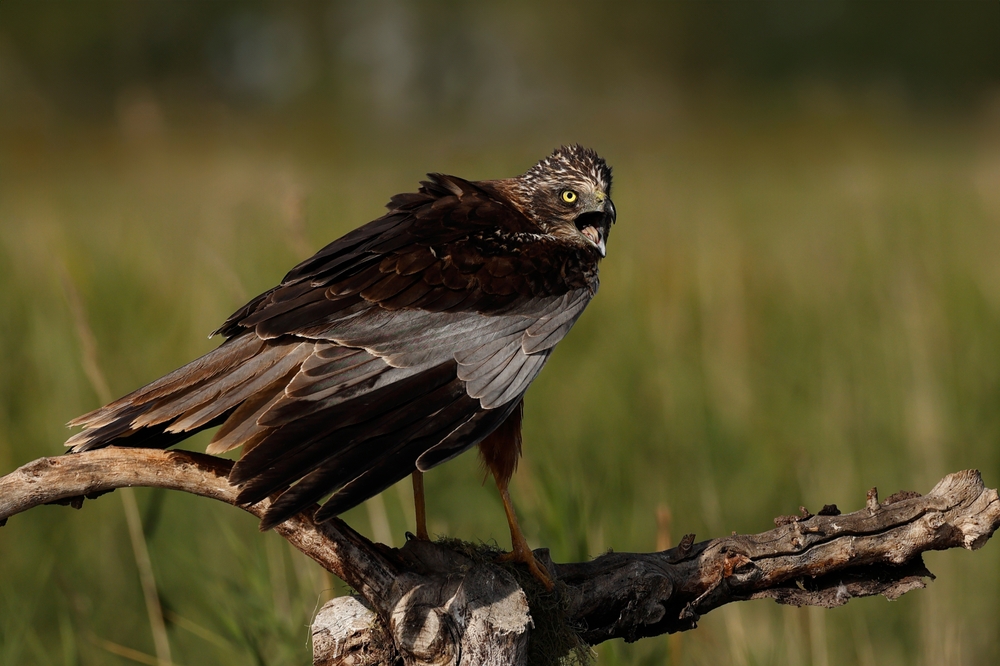Zoom-Kalmthoutse Heide Overview
The Zoom-Kalmthoutse Heide National Park, known locally as Grenspark De Zoom-Kalmthoutse Heide, is a stunning cross-border natural reserve located on the border of Belgium and the Netherlands.
This park spans approximately 15 square miles (39 square kilometers), with its territory divided between the Dutch province of North Brabant and the Belgian province of Antwerp. As one of the most important heathland ecosystems in the region, the park is a gem for nature lovers and wildlife enthusiasts.
The terrain of Zoom-Kalmthoutse Heide is characterized by diverse landscapes, ranging from expansive heathlands and dense coniferous and deciduous forests to vibrant wetlands, sand dunes, and fens. The heathlands are particularly notable, blanketed with vibrant purple heather during the blooming season, typically from late summer to early autumn.
Key geographic features include the Kalmthoutse Heide, a large open heath area, and various fens such as the Stappersven and Groote Meer, which are vital for biodiversity and provide habitats for numerous species.
The park is home to an array of wildlife. Birdwatchers flock to the park to observe species such as the Eurasian hobby, woodlark, and the rare black grouse. The wetlands attract a variety of waterfowl, including herons, grebes, and teals. Mammals found in the park include roe deer, foxes, and European hares, while its insect population, particularly butterflies and dragonflies, thrives due to the diverse habitats. Amphibians such as frogs and toads are common near the water bodies, and the park’s ponds and marshlands are teeming with aquatic life.
Zoom-Kalmthoutse Heide is popular for its tranquil beauty and offers visitors many ways to experience its natural splendor. Walking and cycling are among the most favored activities, with an extensive network of trails weaving through the park’s varied terrain.
Several observation towers provide panoramic views of the landscape, and bird hides are strategically placed to allow birdwatchers to observe undisturbed wildlife. The park also features interactive visitor centers where educational exhibits explain the ecological importance of the area.
Conservation has been central to the management of Zoom-Kalmthoutse Heide, which faces challenges such as habitat degradation and climate change. Efforts to restore the heathlands and wetlands have been successful in recent years, with initiatives focused on removing invasive species and managing water levels to protect the delicate ecosystems.
The park’s cross-border collaboration between Belgium and the Netherlands has been a model of international cooperation, ensuring that conservation goals are met and that the park continues to thrive as a haven for wildlife and a sanctuary for visitors seeking natural beauty.








































































